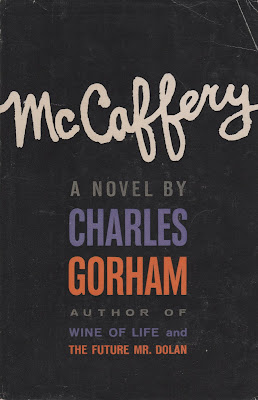 |
| New York : The Dial Press, 1961 |
What starts off as a simple way to get money — pick up a queer in the park and then when things get serious, knock him out with a rock and take his wallet — quickly escalates when Vincent finds that he enjoys beating the filthy queers. One can read Vincent's animus against gay men as coming out of his self-hatred and doubt related to his own sexuality. When they are picked up by the police, Vincent is only encouraged when the queer refuses to press charges. When the police warn McCaffery and Conny to stay out of the park, Conny ends his participation in the scam. Vincent is undaunted.
When he is later picked up by a man in a Cadillac who seems to know all about him, he is given an opportunity to make money under his protection. He is unsure he wants to commit to prostituting himself to both men and women but when he discovers his father forcing his aunt to have sex with him in much the same way he had forced his wife (leading to the pregnancy that killed her), he attacks him with a kitchen knife and leaves his childhood home forever. He quickly moves into Easy Tiger's place in the Village and begins his new life. Although he is making money and living in comfortable surroundings he soon realizes that he has sacrificed his autonomy and all of his power to make his own choices.
While the gay characters of this novel are not central or well developed, the larger questions around blackmail, what would later be known as gay-bashing, and exploitation of teenage boys for prostitution are central. This is a dark story of money, power and poverty.
Bibliographies & Ratings: Young (1543)

